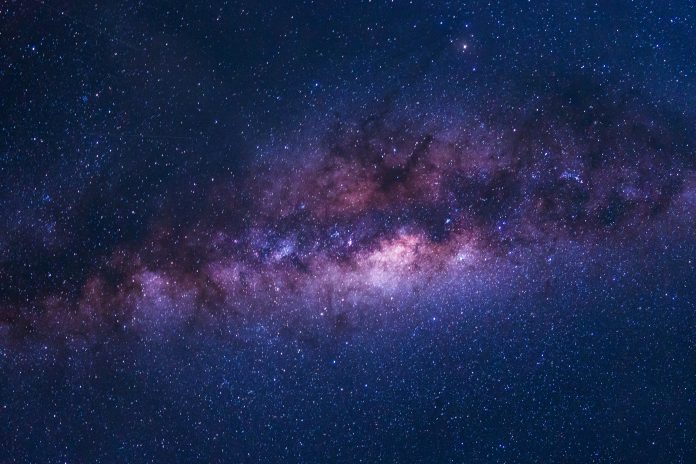Astronomers are investigating radio signals in space, aka fast radio bursts (FRBs), often described as the biggest space mystery we have
First heard heard in 2007, fast radio bursts come from the mysterious deep space outside of the Milky Way Galaxy. They last for a duration of milliseconds, happening so quickly and infrequently, that catching them has become the priority of several radio telescopes across the globe.
Why are fast radio bursts so important?
UNLV astrophysicist Bing Zhang and international collaborators recently observed some of these mysterious sources, which led to a series of discoveries reported in the journal Nature. The origin of fast radio bursts can tell us more about the type of deep space that exists outside of the Milky Way – essentially, what is going on in our space neighbourhood and how that could possibly impact our own galaxy. Sending satellites out that far is unfeasible in a human lifetime. It would take 25,000 light years to travel to the Canis Major dwarf galaxy, which is our closest known neighbour.
“There are two main questions regarding the origin of FRBs,” said Zhang, whose team made the observation using the Five-hundred-meter Aperture Spherical Telescope (FAST) in Guizhou, China.
“The first is what are the engines of FRBs and the second is what is the mechanism to produce FRBs. We found the answer to the second question in this paper.”
Two theories already exist
Two competing theories have been proposed to interpret the mechanism behind radio signals in space.
One theory is that they’re similar to gamma-ray bursts (GRBs), the most powerful explosions in the universe. The other theory compares them to radio pulsars more, which are spinning neutron stars that emit bright, coherent radio pulses. The GRB-like models predict a non-varying polarisation angle within each burst whereas the pulsar-like models predict variations of the polarisation angle.
But which theory is right?
The team observed one repeating FRB source and discovered 11 bursts from it. Surprisingly, seven of the 11 bright bursts showed diverse polarisation angle swings during each burst. The polarisation angles not only varied in each burst, the variation patterns were also diverse among bursts.
Magnetars are incredibly dense, city-sized neutron stars that possess the most powerful magnetic fields in the universe. Magnetars occasionally make short X-ray or soft gamma-ray bursts through dissipation of magnetic fields, so they have been long speculated as plausible sources to power FRBs during high-energy bursts.
“Our observations essentially rules out the GRB-like models and offers support to the pulsar-like models,” said K.-J. Lee from the Kavli Institute for Astronomy and Astrophysics, Peking University, and corresponding author of the paper.
The event was detected by CHIME and STARE2, two telescope arrays with many small radio telescopes that are suitable for detecting bright events from a large area of the sky.
“We now know that the most magnetized objects in the universe, the so-called magnetars, can produce at least some or possibly all FRBs in the universe,” said Zhang.
“The mechanisms of producing FRBs are greatly narrowed down. Yet, many open questions remain. This will be an exciting field in the years to come.”
Read the first study, the second study, and the third study in this series here.











